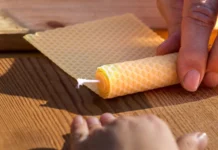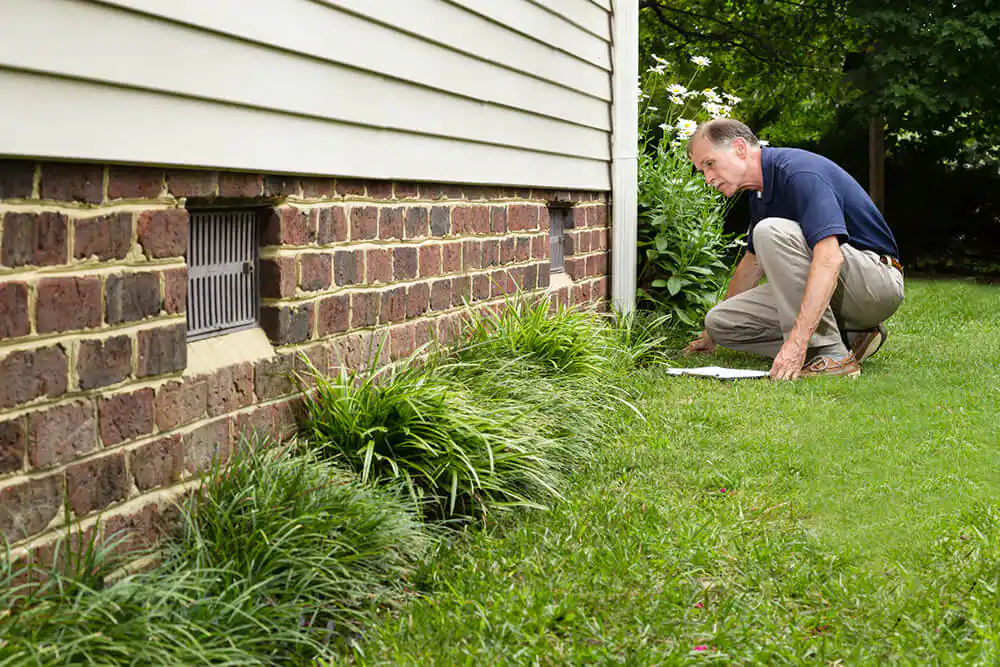
If you have a crawl space, you know that it’s an important part of your home. It’s not just a place to store dirt and debris; it’s also where you can find wiring, plumbing, and air conditioning systems. In order to make sure your home is as efficient as possible, it’s important to pay attention to the crawl space vents.
What are Crawl Space Vents?
Crawl space vents are small openings that allow air to enter and exit a crawl space. They’re typically found near the exterior of the home and can be damaged by wind, rain, and snow. If they become blocked, moisture can build up, which can damage the foundation and wiring in your home. In some cases, this system may be necessary to prevent moisture from building up and causing damage.
Types of Crawl Space Vents
When it comes to crawl space vents, there are a few things that homeowners should know. First and foremost, these vents are necessary for air circulation in the space. Secondly, because crawl space temperatures can be quite cold, it is important to make sure that the vents are well-insulated. Finally, they should be installed according to code and inspected regularly to make sure they are functioning properly.
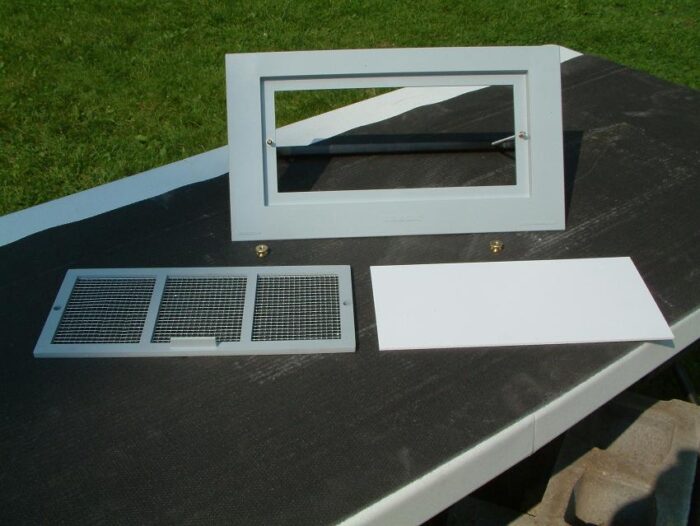
How Do They Work?
Crawl space vents are an important part of any home’s energy efficiency. They allow excess heat and moisture to escape and help to keep your home comfortable in the winter months and cool in the summer.
There are a few things you should know about crawl space vents:
- They should be installed on all sides of the crawl space, except for the roof.
- They should be at least 18 inches tall and 8 inches wide.
- The opening should be placed 1 inch below the surface of the ground, in a location that won’t obstruct your home’s airflow or water drainage system.
- Vent installation is often done by a contractor, but you can also do it yourself if you have experience with basic wiring and plumbing work.
What are the Benefits of Using Crawl Space Vents?
A crawl space is a warm, dark space that can be an ideal place for pests to thrive. In order to prevent pests from entering in there, it is important to seal all of the vents in the area. This will restrict air and moisture from coming into the space, which will help to keep pests out. Additionally, using crawl space vents can also help to reduce noise levels in the home. By allowing air to flow through the vents, you will reduce the amount of noise that is emitted into your home.
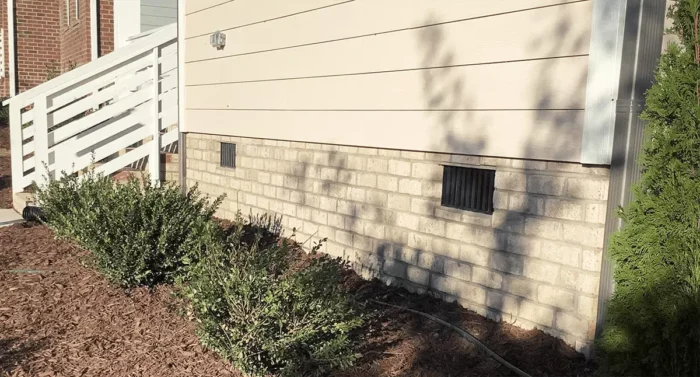
What are the Disadvantages of Using Crawl Space Vents?
These vents provide an important means of ventilation and air circulation in a home. However, they also have some disadvantages that homeowners should be aware of.
One disadvantage is that crawl space vents can allow moisture and mold to accumulate. This can lead to dangerous conditions, including asthma attacks and pneumonia. Additionally, it can also contribute to the problem of cold drafts. Cold drafts can cause damage to the structural integrity of a home, as well as increase energy costs.
Another disadvantage is that can increase noise levels in a home. This is particularly true if the vent is located near an area where people are usually active (such as a bedroom). Increased noise levels may be disruptive for residents, and could even lead to lawsuits.
Finally, crawler space vents can be difficult to access and repair. If they become blocked or damaged, homeowners may need to hire professional help in order to restore proper ventilation and air circulation in their homes.
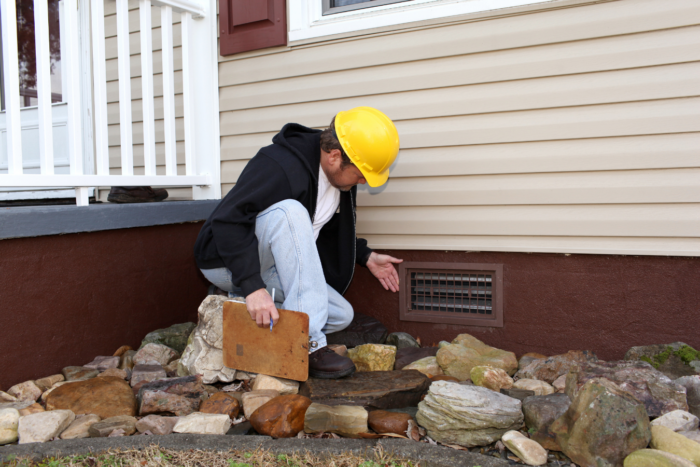
How to Install a Crawl Space Vent?
These are typically very tight spaces. This can create problems in heating and cooling your home if a crawl space vent is not properly installed.
The best way to install a crawl space vent is to use an electric drill with a bit that is specifically designed for this purpose. Make sure the bit is sharp and the hole you make is slightly larger than the diameter of the vent pipe. Use a wrench to tighten the bit into the hole until it’s snug.
Next, use a ladder to reach down into this space and attach the vent pipe to the bit on your drill. Again, make sure the pipe is slightly oversized so that it can expand and contract with changing temperatures. Once attached, use your wrench to tighten the pipe onto the bit on your drill.
Now you’re ready to start drilling holes in your foundation walls. Start by drilling a hole near one end of your crawl space and then slowly extend the pipe towards the other end while keeping an eye on how much it’s expanding/contracting. Make sure all of your holes are sufficiently spaced so that air can flow freely through each one.
Once all of your holes are drilled, connect each individual duct piece together using flexible duct tape or metal connectors (available at most hardware stores). Be sure to test out each duct piece before installation so that you know which one will work best for your unique situation.
Finally, cover your newly installed crawl space vents with a layer of insulation (e.g. fiberglass batt or cellulose), and then seal the edges of the insulation with a layer of roofing tar or caulk.
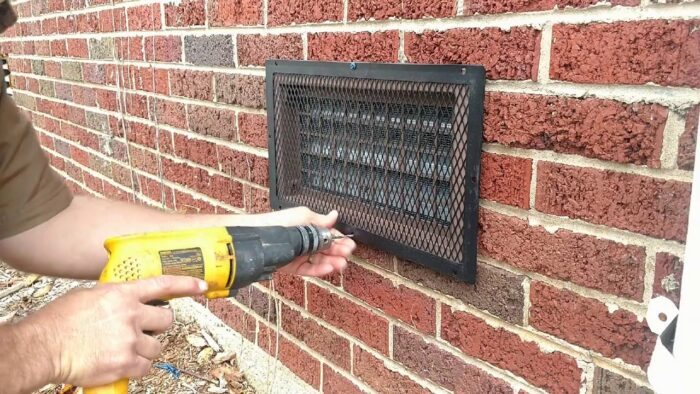
When to Replace a Crawl Space Vent?
If you are noticing the smell of dampness or mold in your home, it may be time to replace your vent. A crawl space vent is a small opening in the roof of your home that allows air to circulate and escape.
By keeping your vent clean and functional, you can help prevent moisture and mold from building up in your home. Check out these five signs that it’s time to replace your crawl space vent:
- You have noticed an increase in moisture or mold issues in your home.
- The air quality in your home has decreased significantly.
- You have noticed an increased number of spiders or other pests in and around your home.
- You have experienced electrical failures due to water damage inside of your home.
- Your roofing tiles are starting to crack or peel because of moisture build-up.
Conclusion
If you’re like most homeowners, you want to make sure your home is as energy-efficient as possible. Unfortunately, one of the ways homes lose energy is through crawl space vents. By understanding how this works and what you can do to improve their efficiency, you can help reduce your home’s yearly energy costs by a significant amount. In addition to saving money on your electric bill, improving the efficiency of your crawl space vents will also ensure that your home remains healthy and pest-free.

